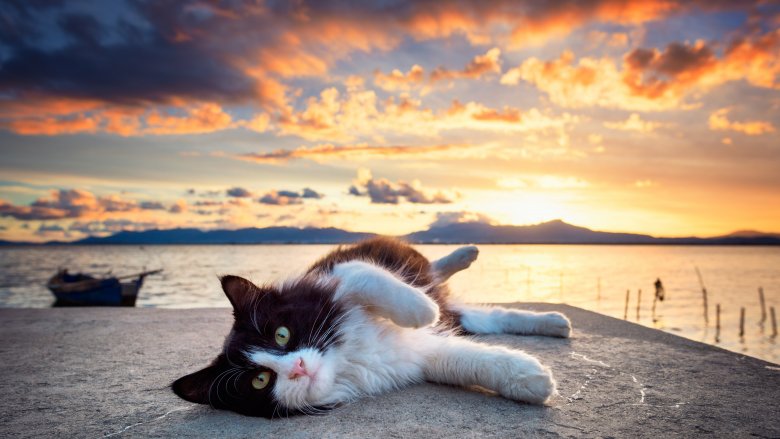
Stopping them breeding doesn’t stop them killing. You can neuter all the stray cats in the country, but the reality is (I am using that phrase a lot here, but I need to) that while they are alive, they can and will continue to have a devastating impact on wildlife around them. I absolutely support and respect the right of a person to have a cat, but they need to support the right of native wildlife and domestic stock and other people not to be impacted by that. The reality is that, as with many things in life, people will often think more with their hearts than their heads. They also believe that cats have a right to go and roam where they please. There are people in the pro-cat lobby who are quite happy to look the other way on this topic because they believe deep down that cats have a higher right to existence than some less attractive types of fauna. We all have to be honest around the impact that stray cats can have on native wildlife – and this is where things start to get messy. To combat this, we need to connect all people more with the wonders of wild native nature. With an increasingly urban population, don’t expect that to change quickly. The reality is that ‘nature’ means ‘cats and sparrows’ to many people. When it comes to connection with nature and an understanding of how it works, they know and connect more with cats than our taonga species. Unfortunately, many people live far from wild places. Go back to my first blog on this topic around anthropomorphism and you will see touches of that here.

#Are feral cats nocturnal free
Most people would suggest that if a cat does not add value as a companion animal, what is its purpose? The stray cat issue is due to some people believing in their hearts that all cats have a right to life and as such, they should be allowed to live free and be supported to do that, and fed to help them. The second category is where the line starts to get blurry. There are three categories to describe cats: domestic (domestic living and domestic fed), stray (wild living but supplementary fed), and feral (wild living and wild self-fed). No, it means we should have them respectfully and be OK when we don’t agree. But that doesn’t mean we should dodge hard conversations. I haven’t set out to offend anyone, but rather to have an honest up-front conversation about the issues at hand and what to do.

Since then, I’ve had a great response from all sides.

Just Over a year ago, I started a conversation about cats and the associated issues around them.


 0 kommentar(er)
0 kommentar(er)
